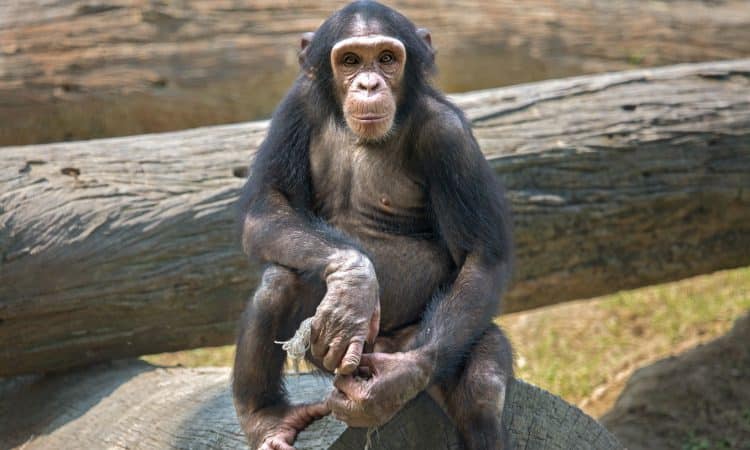
A team of scientists restored a monkey’s sight by repairing a hole in his retina with a patch derived from human stem cells.
This achievement, described in a study published in the journal , marks an important step in retinal transplantation. The retina is the layer of light-sensitive cells at the back of the eye, and damage or disease affecting this tissue can cause vision loss and blindness. Such conditions are difficult to treat. In some cases, doctors can move part of the patient’s retina from the peripheral areas to the center, but this inevitably leads to the appearance of blind spots in the peripheral vision.
The study focused on repairing a macular hole, a rare condition in which a hole forms in the very center of the retina, at the level of the “fovea,” the area responsible for central vision and precise focus. Macular holes often occur when the gelatinous substance inside the eye pulls away from the retina, causing tears. About 90% of these cases can be treated surgically, but in 10% of cases, patients are left with blurred vision or blind spots.
Dr. Michiko Mandai, director of the research center at Kobe Eye Hospital in Japan, has been working for years to develop miniature versions of retinas grown in the lab from stem cells. These retinal organoids are sheets of light-sensitive cells derived from stem cells that can be influenced to develop into any type of tissue in the body, .
A monkey’s view, rendered using a patch of stem cells
In 2019, Mandai had the opportunity to test these sheets on macular holes. Another lab, studying how the eyes and brain process images, found that a Japanese macaque (Fuscata macaque) could not complete visual tasks due to a macular hole. The monkey was transferred to Mandai’s laboratory for surgery.
Mandai and her team grew a retinal sheet from human stem cells and used it to restore it, similar to applying a patch to a torn garment. The transplant was safe and effective, and the monkey’s visual performance improved after the intervention, according to the team’s report. The only complication was a slight rejection of the patch after four months, but the team solved the problem with steroid injections that suppressed the immune response.
The rejection could be caused by the interspecies nature, Mandai explained. “Transplanting human tissue into a human would have a lower risk of immune reaction,” she added.
Six months after the operation, the researchers removed the monkey’s eye to examine the patch. They found that new visual cells had developed: rods, which are essential for night vision, and cones, which are crucial for color perception. However, the team could not confirm whether connections had formed between the transplanted cells and the monkey’s original ones.
The research doesn’t stop there
In the case of a macular hole, the improvement in vision comes from restoring the structure after the hole is closed, Mandai explained. “It is not yet known whether the transplanted cells contribute to visual function, but this is not mandatory,” she said. In other words, vision improves simply by closing the hole, not necessarily by directly aiding the transplanted cells’ visual processing.
Mandai’s team is continuing their research, using retinal organoids to treat other conditions. Last year, researchers reported the results of a clinical trial in which these sheets were used on human patients with retinitis pigmentosa, a genetic disease that causes progressive vision loss. After two years, the grafts had safely integrated into the patients’ retinas, and vision loss progressed more slowly than in untreated patients.
The team is also studying the function of transplanted retinal tissue in animals to see if the grafts can support functioning cells.

